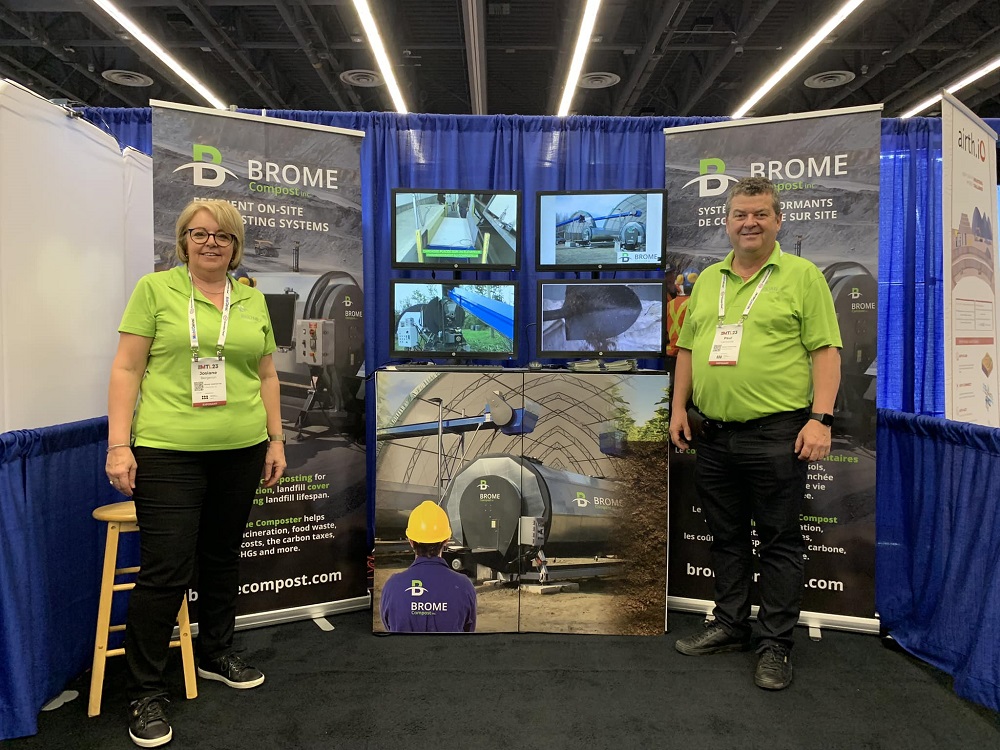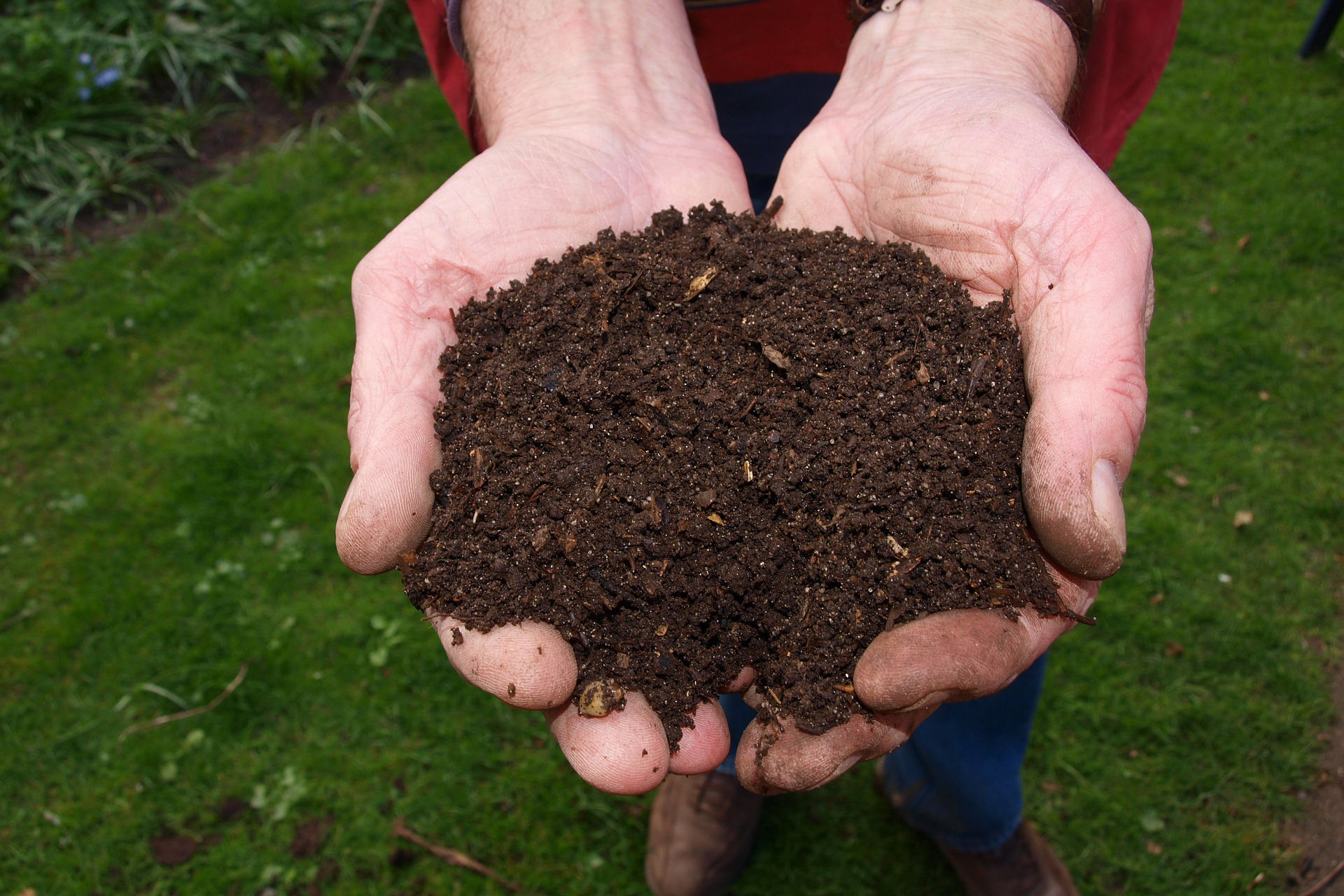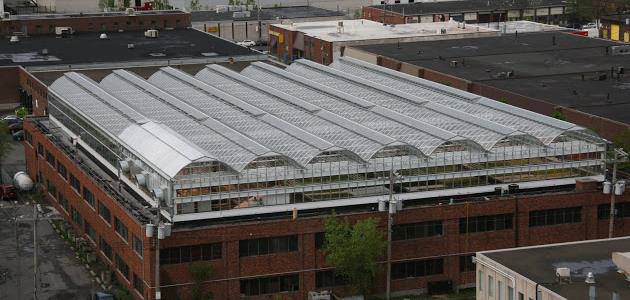Composting Greenhouse Residues and Destroying Grow Waste

Composting is an efficient and inexpensive way to manage green waste while also ensuring that plant residue is destroyed and denatured in line with established disposal standards.
The image below depicts a project that is adapted for on-site composting at a greenhouse growing facility. Click on the image to get a closer look at the different parts and accessories available for managing organic wastes for your greenhouse or grow operation.
This image represents a BROME Composting System including: a composter equipped with a sliding door, an automatic screw-feeder, a shredder to treat plant stems and rootballs, as well as as a conveyor. It is possible to configure and adapt the various components to your specific needs. Contact us for more information.
For greenhouses and for other types of agricultural producers, managing plant waste is a key issue that can result in added operating costs. This is even more true for licensed cannabis producers, who must ensure the complete destruction and denaturation of their plant waste in order to conform to government regulations.
An industrial composting system, composed of a BROME composter, a shredder or mixer, and other complimentary equipment, is both a simple and an effective solution for the management of harvested plant waste.
For greenhouses, composting offers several benefits.
Improve greenhouse grow waste disposal operations:
- All plant parts can be composted;
- Reduction of operating costs in comparison with other destruction methods;
- Better greenhouse production when finished compost is added to the substrate;
- Heat recovery from the composter for use in the greenhouse;
- Disposal of diseased plants through composting;
- Possible partnership with neighbors, allowing for the implementation of a resource pool for carbon or nitrogen feedstocks;
- Resale opportunity for surplus compost.
Conform to disposal standards
- Breakdown and denaturation of plant residues;
- Low cost compared to waste collection;
- Social acceptability of composting.
Easy operation
- Cleanliness;
- Minimal operating costs;
- Few workers needed;
- Simple installation;
- Better control over the composting process;
- Better control over odor management;
- Better control in all weather conditions : air temperature, precipitation, evaporation and the risk of unpleasant odors.
BROME Compost offers different composter models and complementary equipment as well as services to adapt to the composting needs of your greenhouse. For a growing facility, a made to measure composting system is a simple and efficient method to ensure the destruction and denaturing of plant residues in compliance of regulations.
 Brome Compost
Brome Compost Rendez-vous at the Salon de l’Agriculture de Saint-Hyacinthe 2025
Rendez-vous at the Salon de l’Agriculture de Saint-Hyacinthe 2025  Prime-Vert: an agricultural subsidy for the sustainable management of green waste in Québec
Prime-Vert: an agricultural subsidy for the sustainable management of green waste in Québec  Congratulations to Lufa Farms for their composting initiative
Congratulations to Lufa Farms for their composting initiative